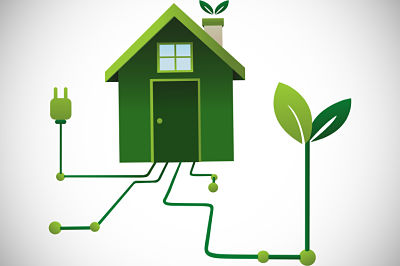It lacks the “wow” factor of a sleek stainless steel refrigerator or high-tech dishwasher, but a water heater is one of the most important appliances in the home. We rely on it to get our clothing and dishes clean, and to soak up a warm shower or bath.
Water heaters are generally quiet, reliable and efficient. There’s no reason to think about it, that is, until something goes wrong. To keep this appliance in optimal order – and avoid an icy morning shower – we recommend this simple, two-step plan:
Regulate the Temperature – Make sure the heater temperature is about 125 degrees F. Much lower, and your dishes may not get clean. Much higher, and you could be spending too much on heating costs. To change the temperature on a gas water heater, look for an adjustable knob on the gas valve. Electric water heaters should have an adjustable thermostat.
Perform a Mini Flush (not recommended if you have not performed this flush from the beginning of the water heater’s life) – Removing sediment build-up from the bottom of the tank helps prevent rust and corrosion and improves efficiency, but a doing a full flush can be messy and time consuming. A mini flush offers the same benefits, but can be completed in just a few minutes with minimal effort. Here’s how it works:
Locate the drain valve near the bottom of the tank and place a bucket underneath it.
Turn the valve counter-clockwise (it may have a handle or a slot designed for use with a flat-head screwdriver) and release a few gallons of water into the bucket.
Turn the valve clockwise to stop the flow of water and drain the bucket.
Perform each step annually to extend the life of your water heater and help ensure it pumps warm water wherever it’s needed.


